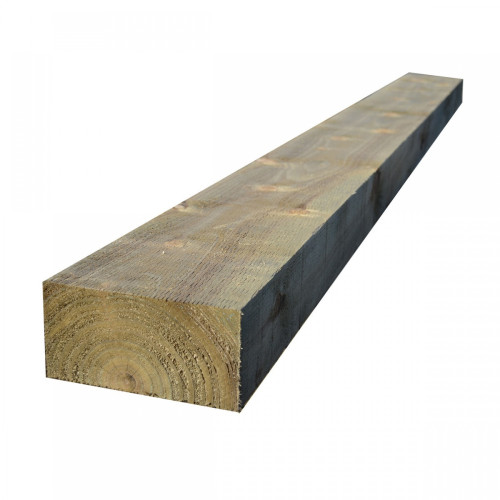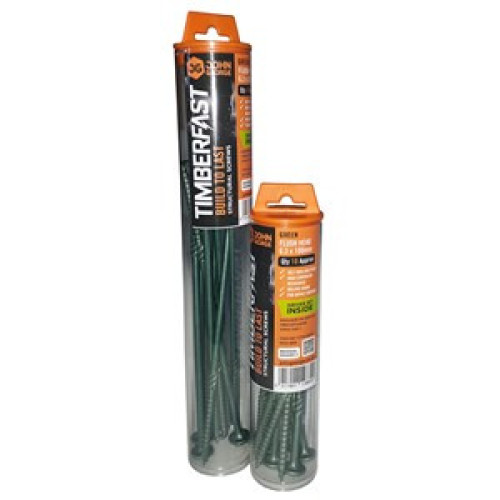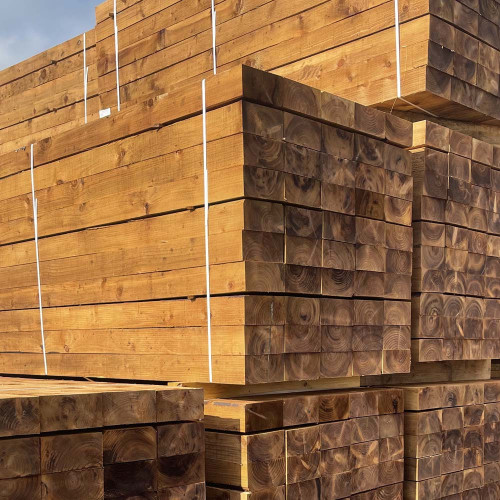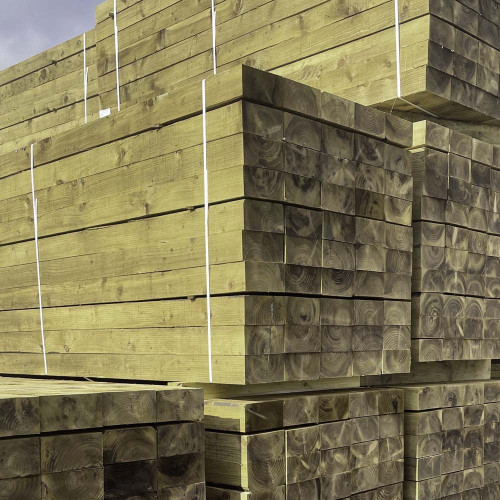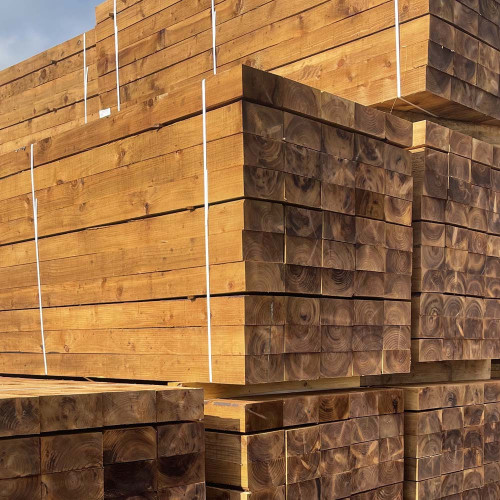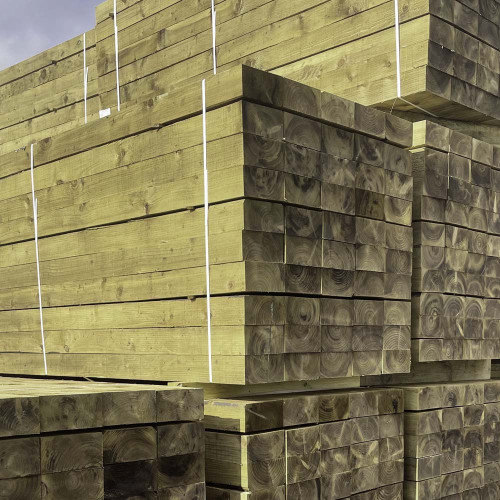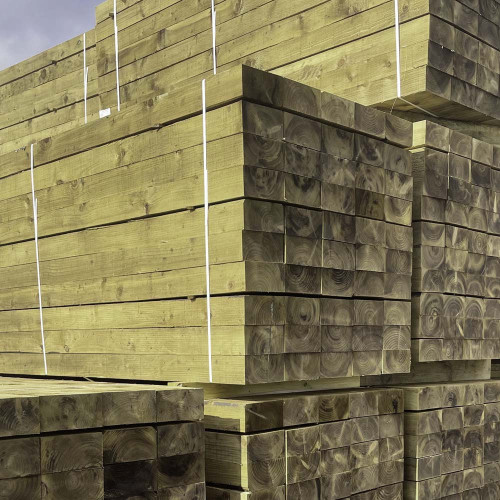Railway Sleepers
Discover our premium range of railway sleepers, the perfect choice for landscaping, gardening, and DIY construction projects. Our selection offers new pressure treated garden sleepers, suitable for creating stunning raised beds, retaining walls, steps, and outdoor furniture that truly stands out.
Each sleeper is chosen for its durability, quality, and aesthetic appeal, providing a natural, rugged charm to any outdoor space. Whether you're a seasoned landscaper or a home gardening enthusiast, our railway sleepers offer the versatility and strength you need to bring your project to life. Explore the possibilities and transform your outdoor area into a beautiful, functional space with our top-grade railway sleepers.
Stock: In Stock
Discover the charm and durability of our Brown Railway Sleeper, a versatile and essential component for any garden or outdoor space. Measuring 100x200mm x 2.4m, this sleeper is pressure treated with a rich brown hue to ensure longevity and resistance against the elements. Perfect for a multitude of landscaping projects, the sleeper's robust constru..
from
£28.95
Ex Tax:£24.13
Stock: In Stock
Introducing our robust and versatile Green Railway Sleeper, measuring an impressive 100x200MM x 2.4M. Expertly pressure treated to ensure durability and longevity, this sleeper is an ideal choice for both outdoor and garden projects. Whether you're looking to enhance the beauty of your garden or undertake a practical outdoor project, our railway sl..
from
£28.95
Ex Tax:£24.13
Stock: In Stock
Tube of 10 flush head timber screws ideal for use with our garden sleepers, decking or other timber structuresHardened flush head structural screwsSelf drilling point minimises the need for pilot holesGreen organic coated for 1000hrs salt spray corrosion resistanceMilling shank to help clear hole in fixtureIdeal for use with impact driversDriver bi..
from
£10.95
Ex Tax:£9.13
Stock: In Stock
Box of 50 flush head timber screws ideal for use with our garden sleepers, decking or other timber structuresHardened flush head structural screwsSelf drilling point minimises the need for pilot holesGreen organic coated for 1000hrs salt spray corrosion resistanceMilling shank to help clear hole in fixtureIdeal for use with impact driversDriver bit..
from
£37.95
Ex Tax:£31.63
Stock: In Stock
Transform your garden into a picturesque outdoor living space with our pack of 20 Brown Sleepers, each measuring 100x200MM x 2.4M. Carefully pressure treated to enhance durability and longevity, these sleepers are designed to withstand the test of time, ensuring your landscaping projects stay beautiful for years to come.
Ideal for creating raised ..
from
£563.95
Ex Tax:£469.96
Stock: In Stock
Transform your garden into a picturesque oasis with our Pack of 20 Green Sleepers, measuring 100x200MM x 2.4M each. These premium quality sleepers are pressure treated with a green finish, ensuring long-lasting durability and resistance against rot and insect attack. Perfect for creating raised beds, borders, or even bespoke garden furniture, our g..
from
£563.95
Ex Tax:£469.96
Stock: In Stock
Transform your garden into a picturesque outdoor space with our Pack of 40 Brown Sleepers, measuring 100x200MM x 2.4M each. These premium quality railway sleepers are meticulously pressure treated in a rich brown hue to ensure durability and longevity, making them a perfect choice for a variety of landscaping projects.
Whether you're aiming to cre..
from
£1,126.95
Ex Tax:£939.13
Stock: In Stock
Discover the ultimate solution for your landscaping and gardening projects with our Pack of 40 Green Sleepers. Measuring 100x200MM x 2.4M, these pressure-treated green sleepers are designed to withstand the test of time. Perfect for creating raised beds, borders, or even bespoke garden furniture, these versatile sleepers offer both functionality an..
from
£1,126.95
Ex Tax:£939.13
Stock: Sold Out
Transform your garden into a picturesque landscape with our premium Pack of 50 Brown Sleepers, measuring 100x200MM x 2.4M. These top-quality sleepers are pressure treated in a rich brown hue to not only enhance the natural beauty of your outdoor space but also to provide unparalleled durability and longevity. Ideal for creating raised beds, garden ..
from
£1,407.95
Ex Tax:£1,173.29
Stock: Sold Out
Transform your garden into a picturesque outdoor space with our Pack of 50 Green Sleepers. Measuring at a robust 100x200MM and 2.4M in length, these pressure-treated sleepers offer both durability and aesthetic appeal. Crafted to withstand the test of time, each sleeper is treated with a green preservative that not only extends its lifespan but als..
from
£1,407.95
Ex Tax:£1,173.29Showing 1 to 10 of 10 (1 Pages)



